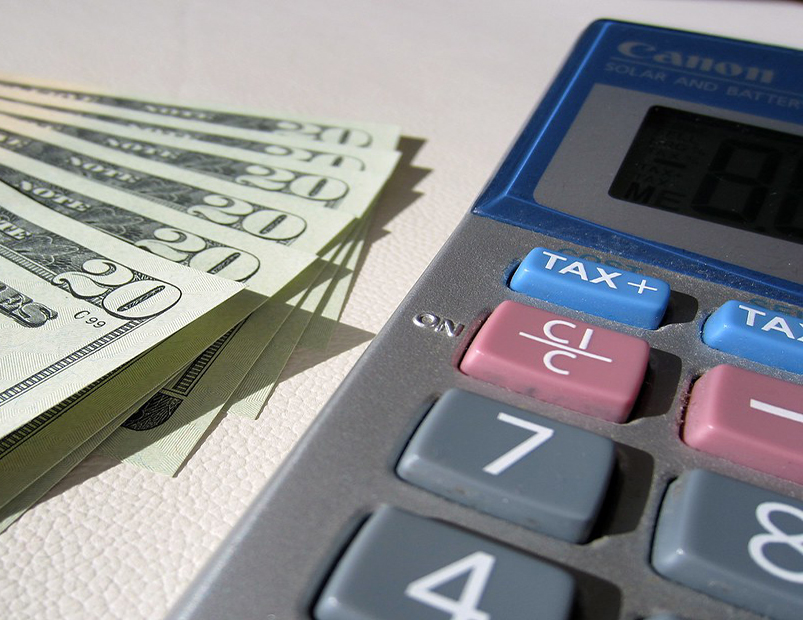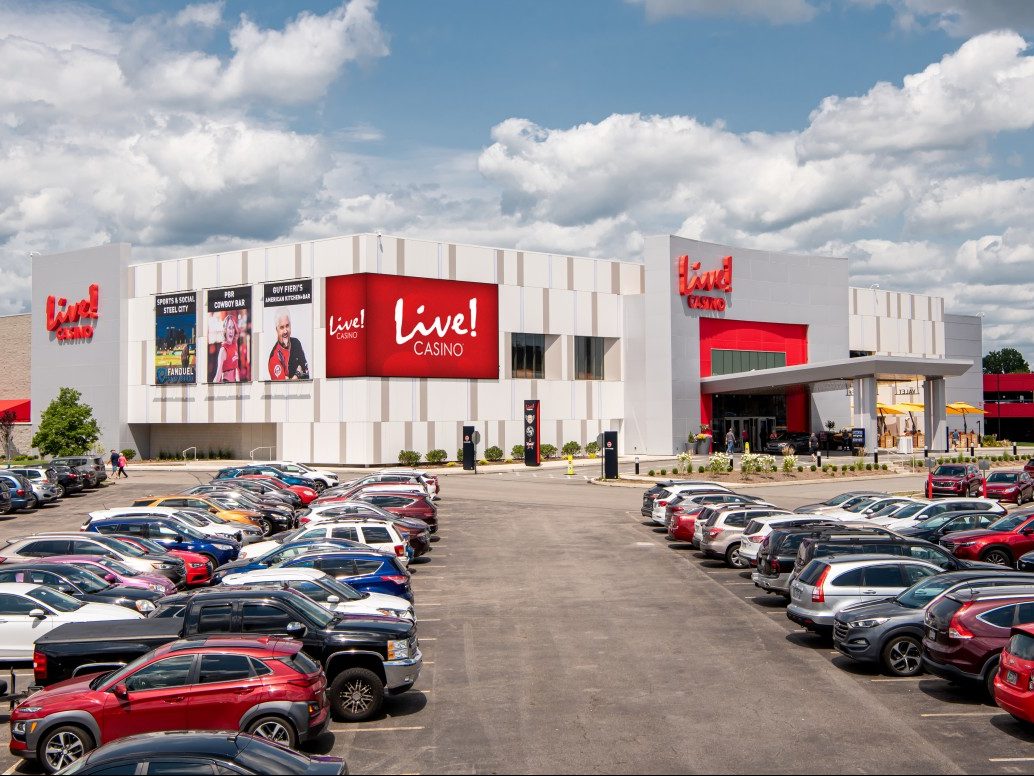1031 Exchange FAQ
CPE answers essential questions on Section 1031 of the U.S. tax code and what it can mean for your real estate portfolio.
 The U.S. tax code is a complex labyrinth of rules and regulations, particularly when real estate property investment is involved. If investors were required to pay capital gains tax every time they sold a property, it would disincentivize transactions and force longer holding periods. The 1031 exchange was designed to fix this. When investors are allowed to shuffle assets in and out of their portfolio without tax penalties, they have more agility to react to the constantly changing industry landscape.
The U.S. tax code is a complex labyrinth of rules and regulations, particularly when real estate property investment is involved. If investors were required to pay capital gains tax every time they sold a property, it would disincentivize transactions and force longer holding periods. The 1031 exchange was designed to fix this. When investors are allowed to shuffle assets in and out of their portfolio without tax penalties, they have more agility to react to the constantly changing industry landscape.
This FAQ is intended to answer some common questions that real estate professionals have about 1031 exchanges and the nuances of Section 1031 of the U.S. tax code. While every deal is different, this provides an overview of what to expect going into a 1031 exchange.
What is a 1031 exchange in real estate?
Section 1031 of the U.S. tax code covers like-kind exchanges of real property. Investment properties are subject to capital gains tax, however, those taxes are deferred until the property is sold. A 1031 exchange allows for a property owner to sell one asset and buy another, while maintaining the tax-deferred status.
What are the benefits of a 1031 exchange?
An investment property owner is expected to pay capital gains tax on any profit earned from the sale of an investment property. A 1031 exchange allows those profits to be transferred to a new investment property, and defers capital gains until the new property is sold. This allows for flexibility in a portfolio, as assets can be exchanged without tax penalty. It also has the benefit of resetting the clock on depreciation. The IRS considers the sale of a property above its assessed depreciated value as capital gains. The difference between the sale price and the tax assessed value typically increases proportionate to how long the asset is held. Exchanging for a new asset resets this calculation, as depreciation is set from the time of purchase.
What are the rules of a 1031 exchange?
For a transaction to be eligible for a 1031 exchange it must meet certain requirements.
- The property bought and sold must be “like-kind”: The new and relinquished properties must both be real estate assets for investment or business purposes. Most real estate assets qualify, but personal property is excluded.
- The exchange must be conducted by a single taxpayer: The relinquished and replacement properties must be bought and sold by the same individual or corporate entity. The only exception is a single-member LLC, which may be used as a pass-through to the holder of the LLC.
- The exchange must meet identification and purchase deadlines: The replacement property must be identified within 45 days and purchased within 180 days of the sale of the relinquished property.
- The replacement property must be of equal or greater value to the relinquished property: If the replacement property is purchased for less than the value of the sale of the relinquished property, the remaining funds are considered a cash boot. While it is acceptable to have a cash boot, the boot amount is exempted from the exchange and subject to capital gains tax.
Tax laws are always changing. Several rule changes to the 1031 exchange have passed in the recent years. It is important to keep this in mind, as next year’s tax rules may be different from the current rules.
What qualifies as a like-kind exchange?
Assets bought and sold in a 1031 exchange must be like-kind. The assets must be real property for investment or business purposes. It is not required that the assets be of the same grade or property type. For example, it is acceptable for an investor to sell a multifamily property and purchase an industrial warehouse or vacant land in a 1031 exchange. Both properties must be for the purpose of leasing at fair market value.
What is the process for a 1031 exchange?
In a traditional delayed like-kind exchange the process follows a specific series of steps.
-
- List your property for sale: The process begins with the sale of the original property. The deadlines to identify and close on the replacement property are measured from the date of sale of the original property.
- Appoint a qualified intermediary: For most transactions of this type, it is advisable to find a third party to sell the old property and buy the new one. It is vitally important to find a qualified intermediary that can be trusted to be a good steward of one’s asset. The QI is expected to handle large amounts of money and hold it for an extended period.
- Close the sale of your relinquished property: Once the sale transaction is complete, the clock starts on the 45-day deadline to identify a replacement property or properties.
- Identify a replacement property: It is important for a replacement property to be identified quickly. There is a time limit of 45 days from the date of sale to identify a replacement property or properties. Typically, three properties can be identified as potential replacement properties. More than three properties can be identified if the intent is to purchase 95 percent of those properties, or the total value of the identified properties is less than 200 percent of the sale price of the relinquished property.
- Close on the new property: The transaction to purchase the new property must close within 180 days of the sale of the relinquished property. The 1031 process ends when the transaction is complete. For a more detailed look at the process, The Motley Fool has published an excellent guide for the 1031 process.
How long do I have to buy a property with a 1031 exchange?
The time frame depends on the type of exchange used. In a simultaneous exchange, the sale of the original and replacement property must close on the same day. The most common type of 1031 exchange is a delayed like-kind exchange. In this type of exchange, the investor has 45 days to identify the replacement property and 180 days to finalize the acquisition.
How long do you have to hold a 1031 exchange?
For an exchange between “related parties,” properties must be held for a minimum of 24 months to meet the eligibility requirements for a 1031 exchange. While there is no required hold length for an arm’s length transaction, the property must have been acquired with the intent of holding it as an investment. A mandatory 12-month hold period has been proposed by the IRS multiple times. It is possible to hold a property for a shorter period, however the IRS may use this as evidence that there was no intent to hold the property for investment, which would invalidate the exchange.
Can I take cash out of a 1031 exchange?
Cash can be taken out of a 1031 exchange under certain circumstances, however, that cash is subject to capital gains tax. The timing of when cash can be taken out depends on how the deal is structured. In a partial exchange, a portion of the funds from the sale of the relinquished property is paid to the investor directly before the 1031 process begins. If the replacement property is purchased for a lower price than the original property’s sale price, the remaining cash is returned to the investor after the transaction is complete. If cash is taken out during the exchange, it can invalidate the process.
Can I do a partial 1031 exchange?
It is not required for the entire value of the relinquished property to be spent on the new property. The difference in price may be kept by the investor. This difference is known as a boot or cash boot. While it is permissible to take cash out of the exchange in this manner, the capital gains tax on the boot amount is not deferred.
What is a reverse 1031 exchange?
In a reverse exchange, the replacement property is purchased before the relinquished property is sold. This type of exchange is only allowed when the investor has the funds necessary to purchase the new property. Unlike a delayed or simultaneous exchange, the like-kind rules typically do not apply to a reverse exchange. The tax deferment benefits are the same in a reverse exchange.
What is an improvement exchange?
When the replacement property is purchased for less than the sale price of the relinquished property, it is permissible to use the remaining funds to make improvements on the replacement property. These improvements must be made through the QI. For example, an investor can sell a multifamily asset through a 1031 exchange and buy vacant land. They can then use the funds from the 1031 exchange to build a new apartment community. The advantage to this type of exchange is that an investor is not limited to existing opportunities, and may use the 1031 process for a value-add investment.
Does sales tax apply to a 1031 exchange?
The 1031 exchange is intended to defer federal capital gains tax. Sales taxes are imposed by state and local tax authorities. It is possible in many cases to mitigate or even avoid sales tax in a 1031 exchange, however the process for doing so is different in every municipality. A local tax professional can help an investor navigate the tax rules that govern sales tax in these types of exchanges.
How are real estate transfer taxes handled in a 1031 exchange?
The use of a QI means that properties are transferred from the seller to the QI and from the QI to the buyer. Fortunately, the 1031 regulations allow for a direct deed to be transferred from the buyer to seller. For the purposes of state transfer taxes, a 1031 exchange is treated the same as a direct transfer. While transfer taxes still apply to the entire transaction, there is no penalty for using an intermediary.







You must be logged in to post a comment.